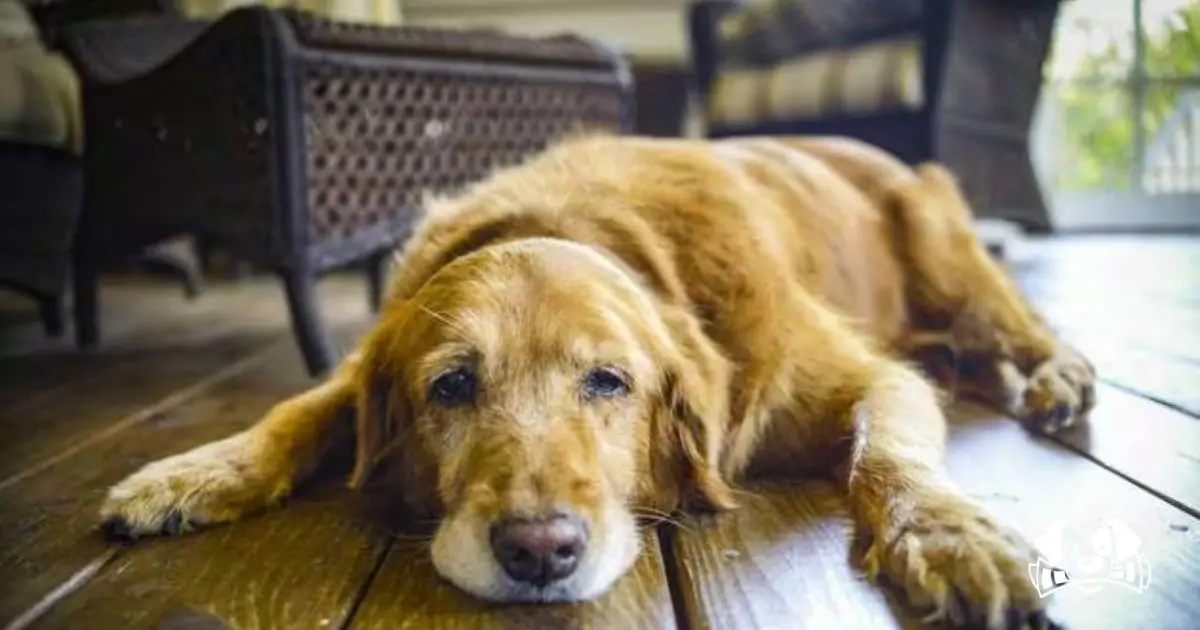Should You Walk Your Dog During a Heatwave? Here’s What Vets Say
As temperatures rise, so do the risks for your furry companion. During a heatwave, walking your dog can quickly go from routine to dangerous—even deadly. Here are the key precautions every dog owner needs to follow when the heat hits hard.
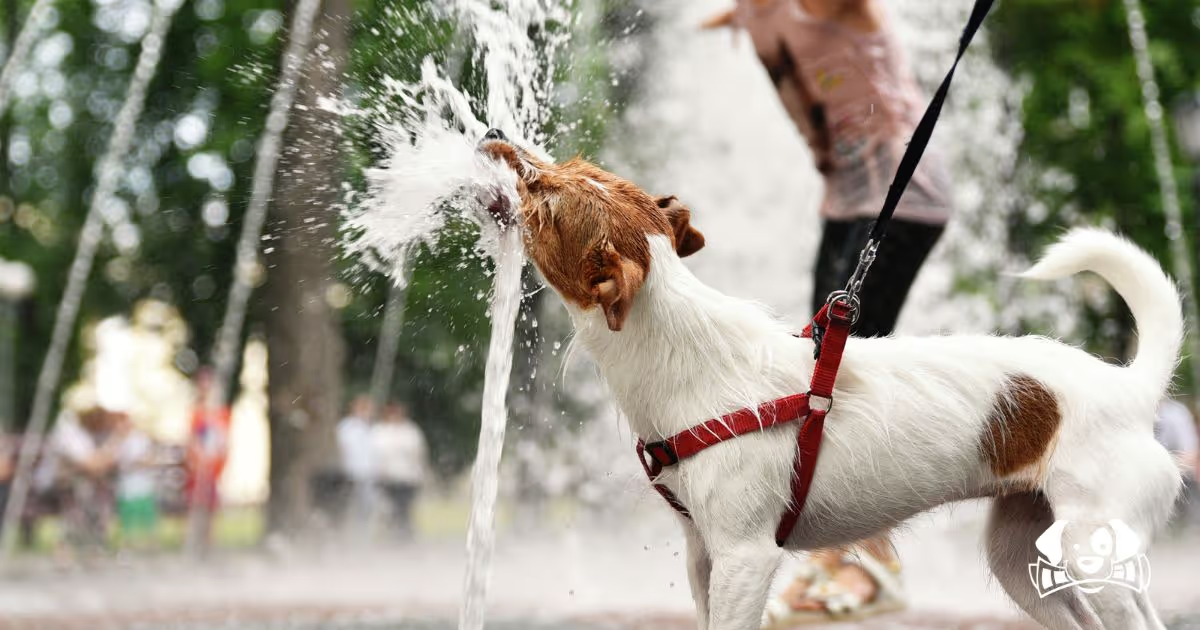
Why Heat Is So Dangerous for Dogs
Unlike humans, dogs can't sweat. Their only ways to regulate body temperature are through panting and their paw pads—which are highly sensitive to heat. When pavement temperatures rise, especially during a heatwave, dogs are at serious risk of heatstroke, paw burns, dehydration, and even death.
Most dogs have thick coats that trap heat, and when temperatures exceed 20°C (68°F), the risk of overheating begins to climb—especially for older dogs, puppies, flat-faced breeds (like Bulldogs or Pugs), overweight dogs, and those with underlying health issues.
How to Recognize Heatstroke in Dogs
Vets urge owners to monitor for early signs of overheating, including:
- Excessive panting and drooling
- Bright red or dry gums
- Disorientation or stumbling
- Weakness, vomiting, or even seizures
A dog’s normal body temperature is around 38.3–39.2°C (101–102.5°F). If it rises above 40°C (104°F), it becomes a life-threatening emergency. “At that point, internal organ damage begins, and death can follow quickly,” warns Dr. Muriel Janin-Platel, a veterinarian in Lons-le-Saunier, France.
When Is It Safe to Walk?
Dogs should not be walked once temperatures reach 28°C (82°F) or above. Pavement can burn paws from just 25°C, and shaded areas can be scarce. Instead, follow these guidelines:
- Only walk dogs before 8 a.m. or after 8 p.m.
- Stick to shady parks, forests, or grassy paths
- Avoid asphalt unless using paw balm or protective booties
- Shorten walk durations and avoid strenuous activity
- Always bring fresh water and a portable bowl
If it’s too hot for your hand on the pavement for 5 seconds, it’s too hot for your dog’s paws.
Tips to Keep Your Dog Cool and Safe
In addition to adjusted walks, help your dog stay cool with the following:
- Provide cold, fresh water before, during, and after outings
- Wet your dog’s belly and paws when you return home
- Use cooling mats, fans, or air conditioning indoors
- Offer dog-safe frozen treats or ice cubes in their bowl
Cooling vests and shaded outdoor areas can also make a difference if your dog must spend time outside.

.avif)
.avif)


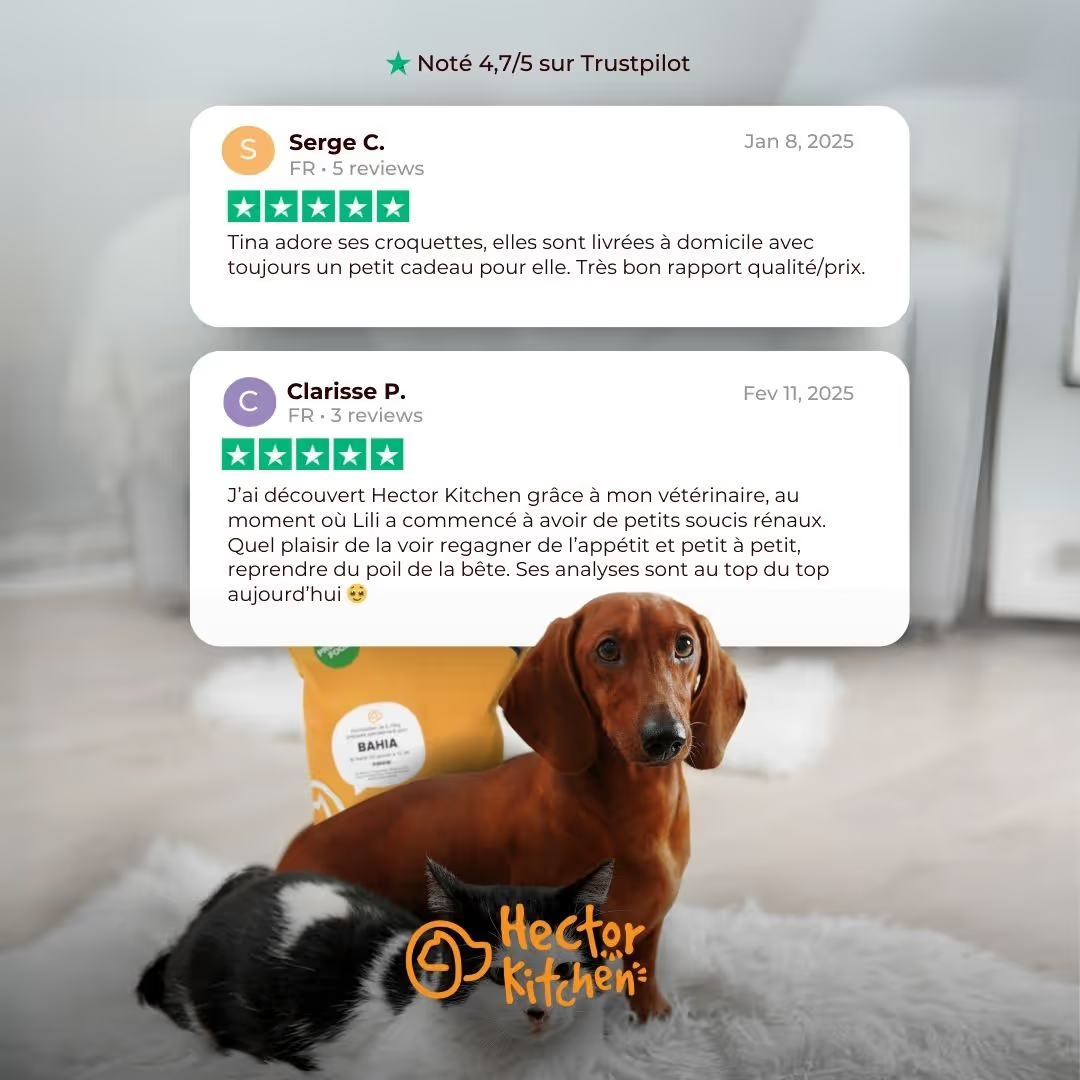


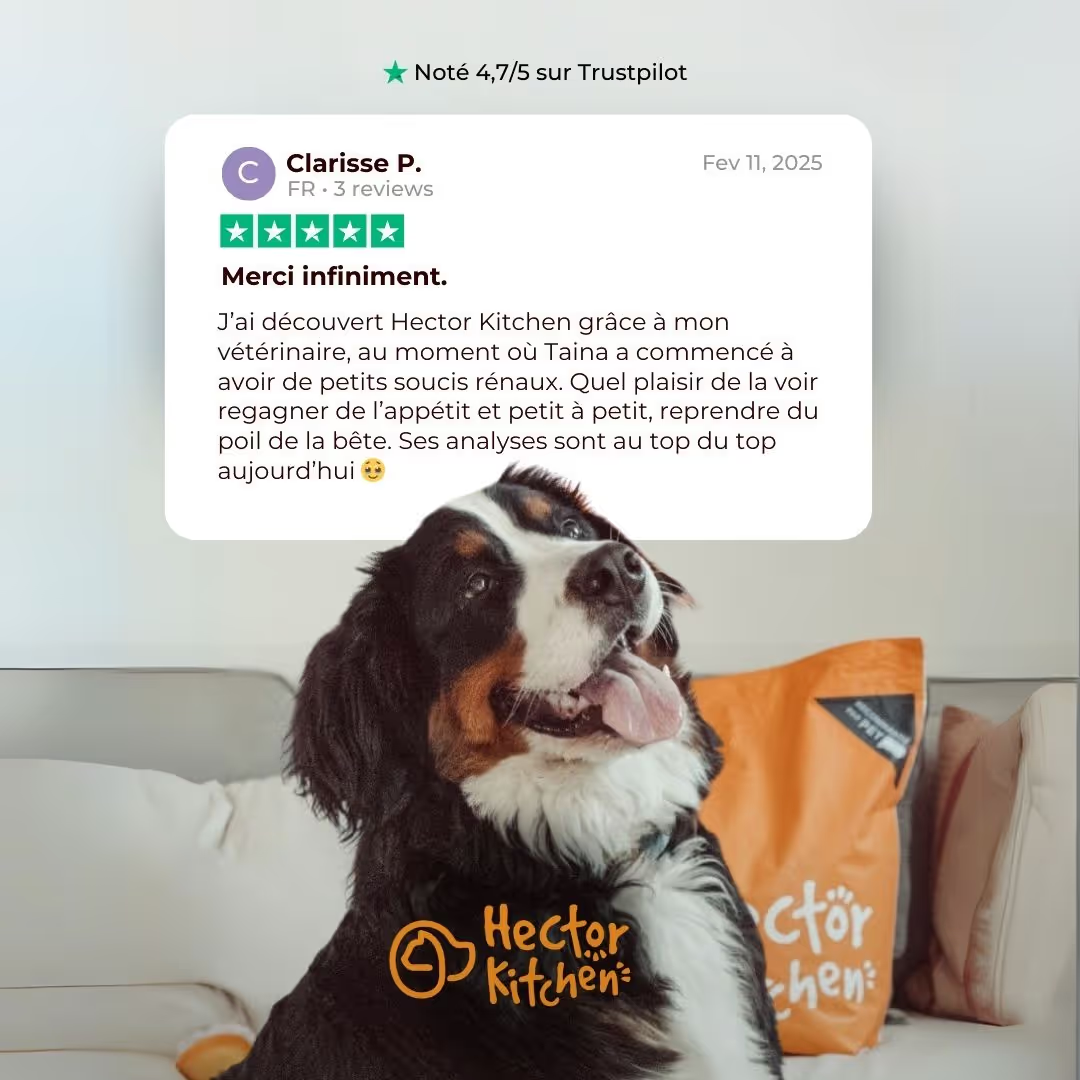



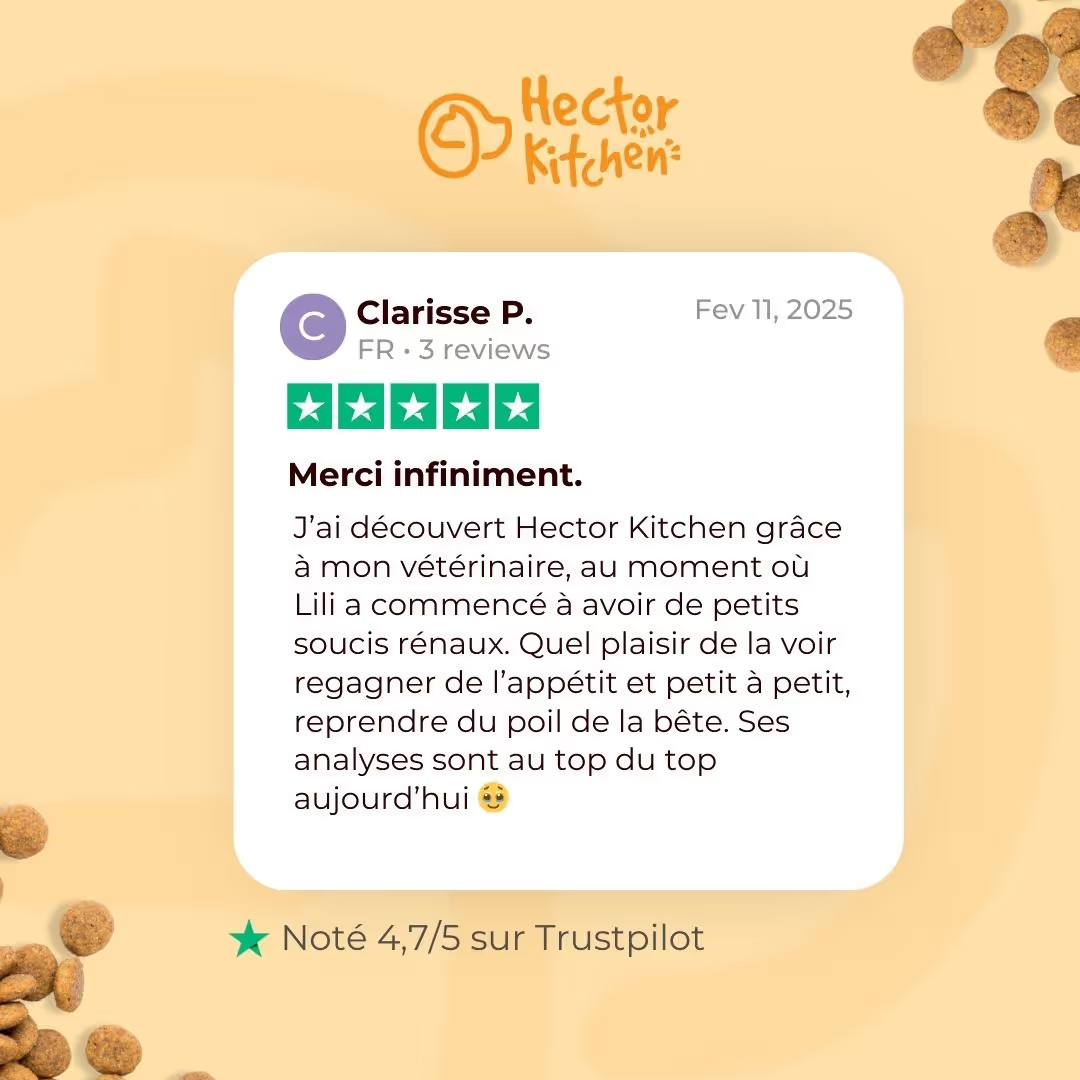

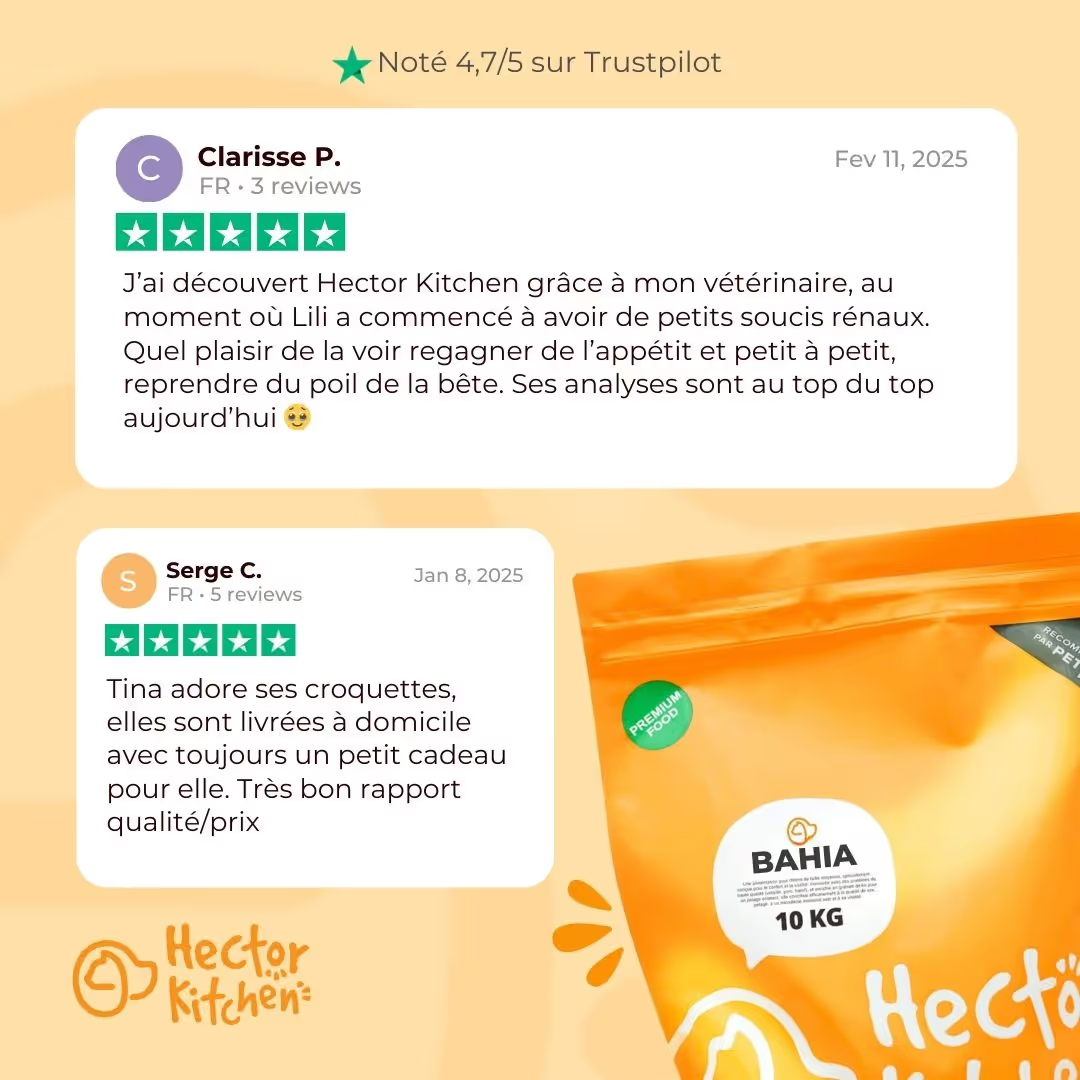



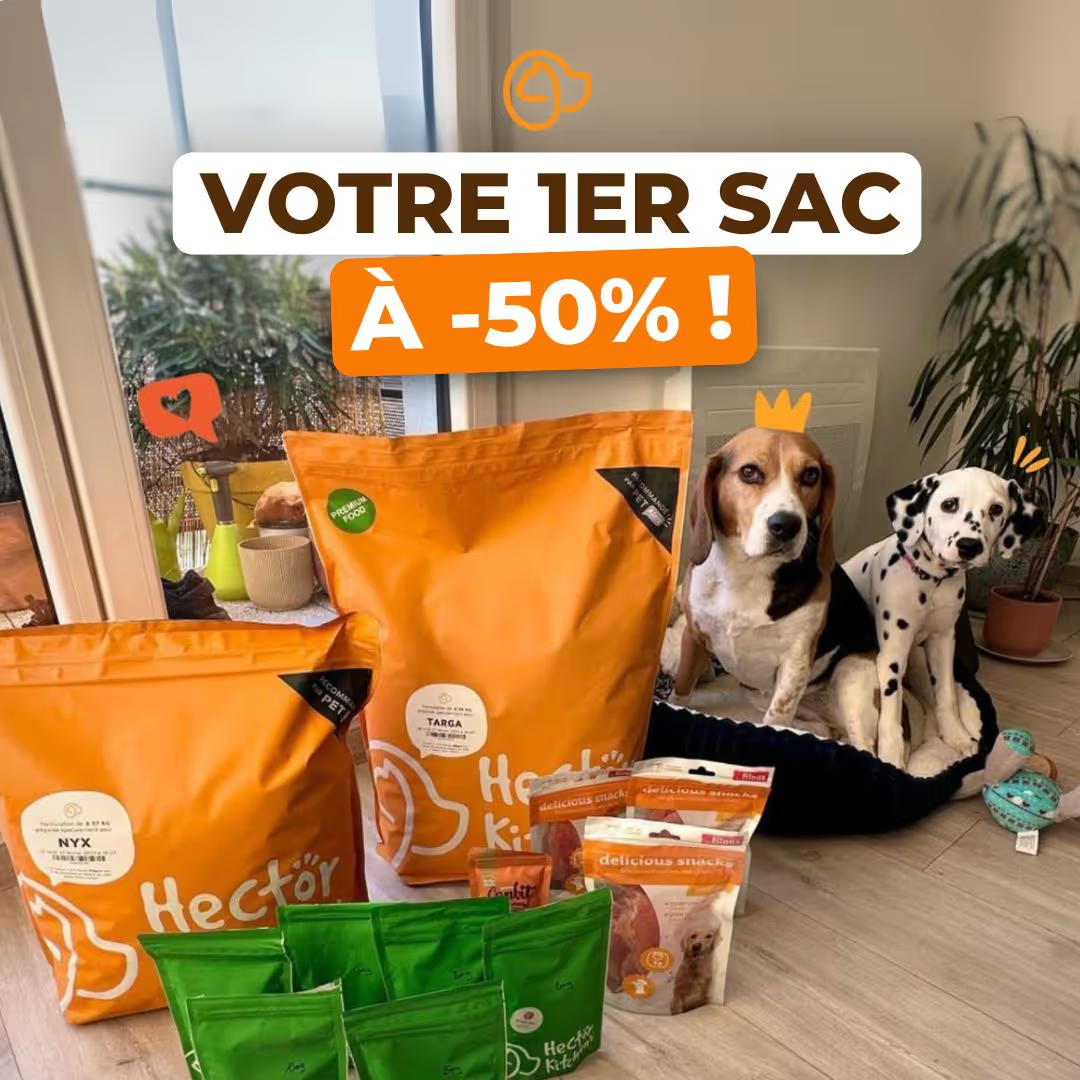
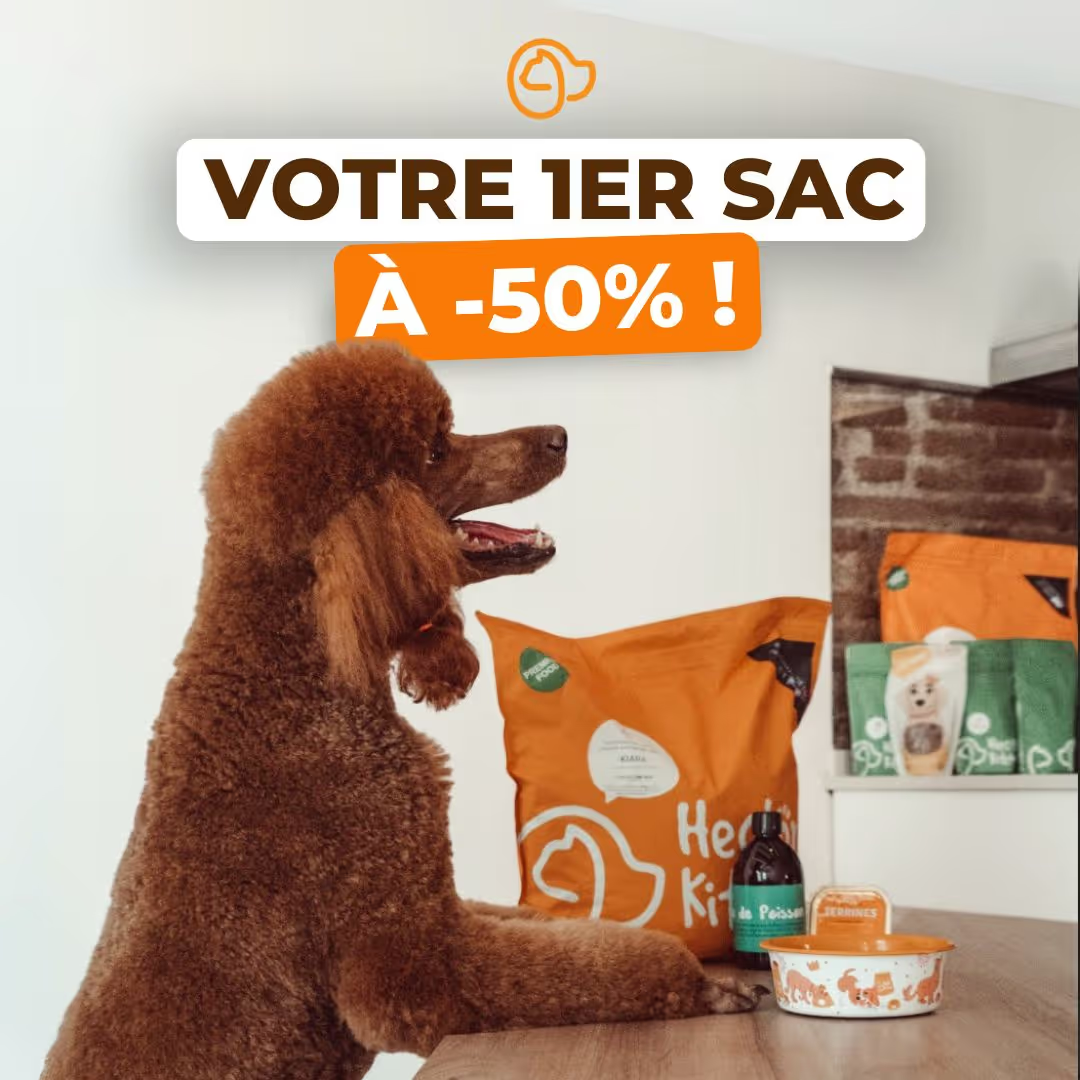
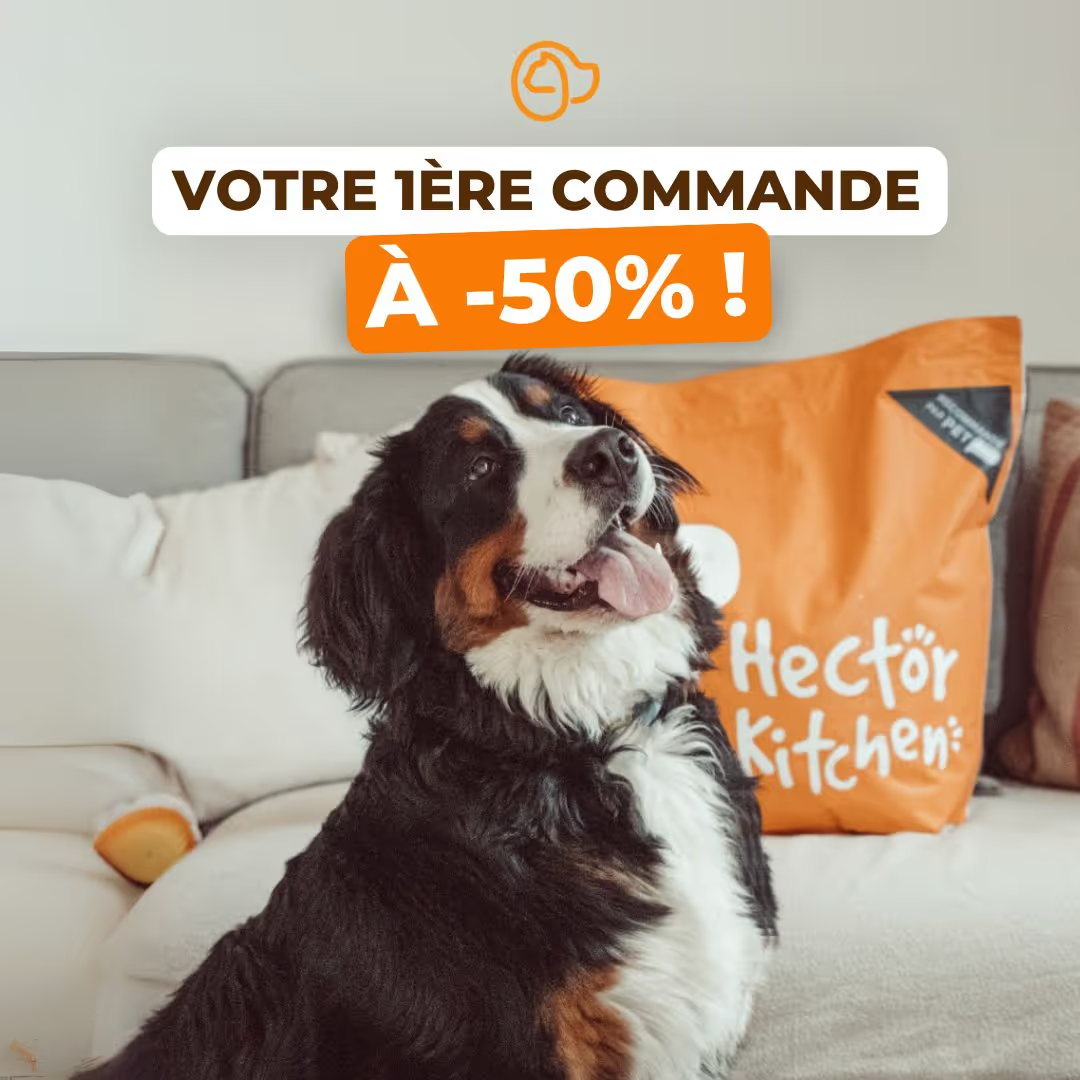
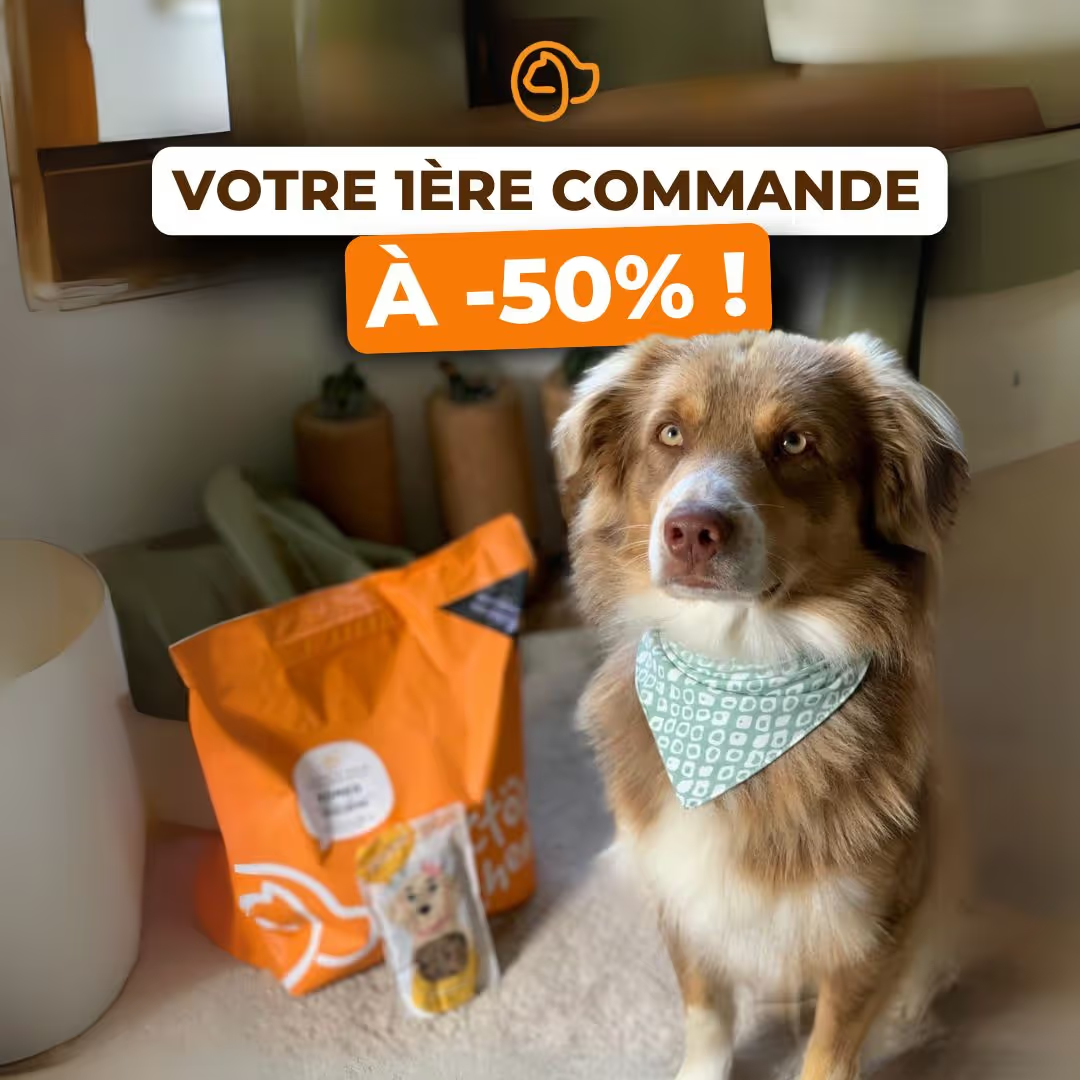


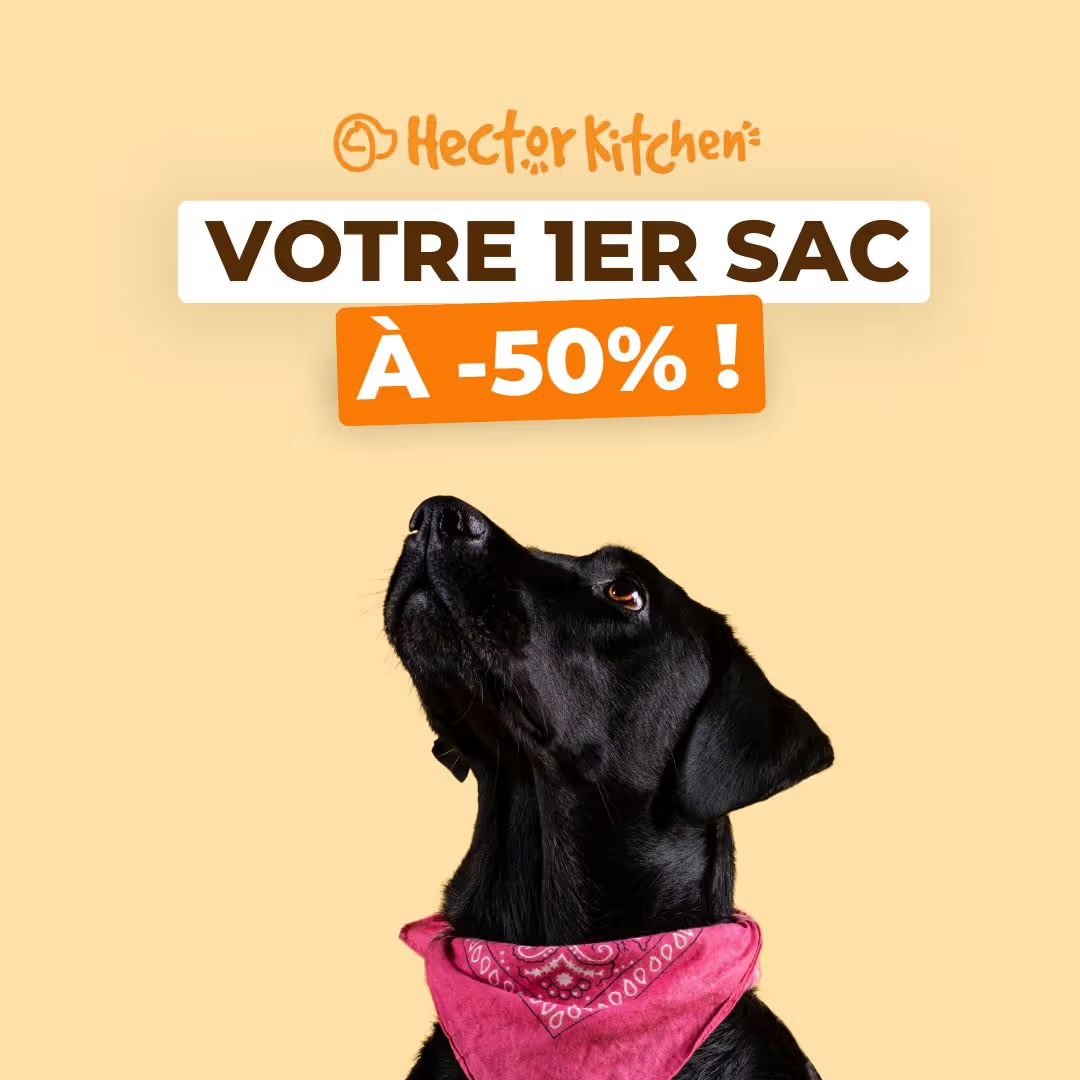
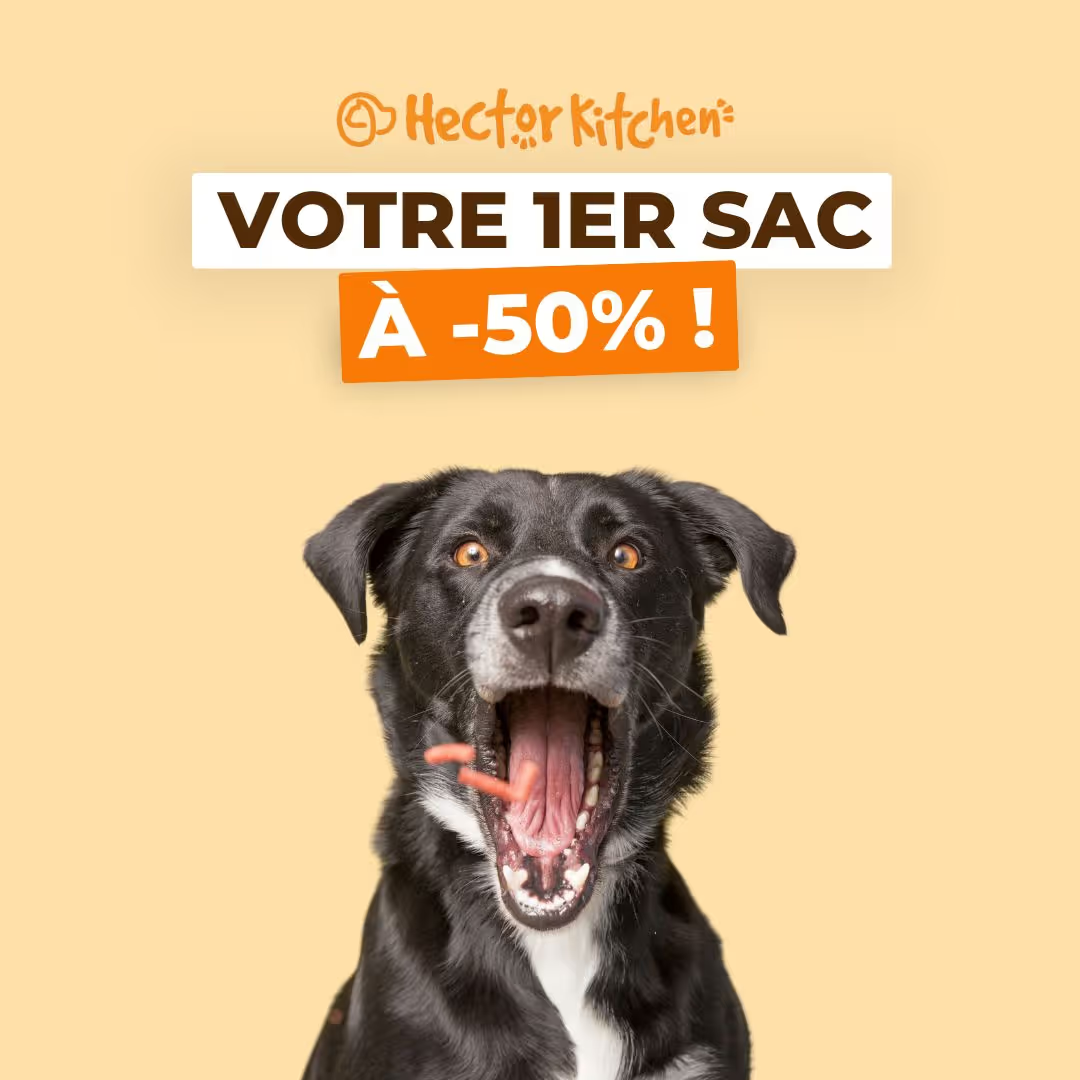
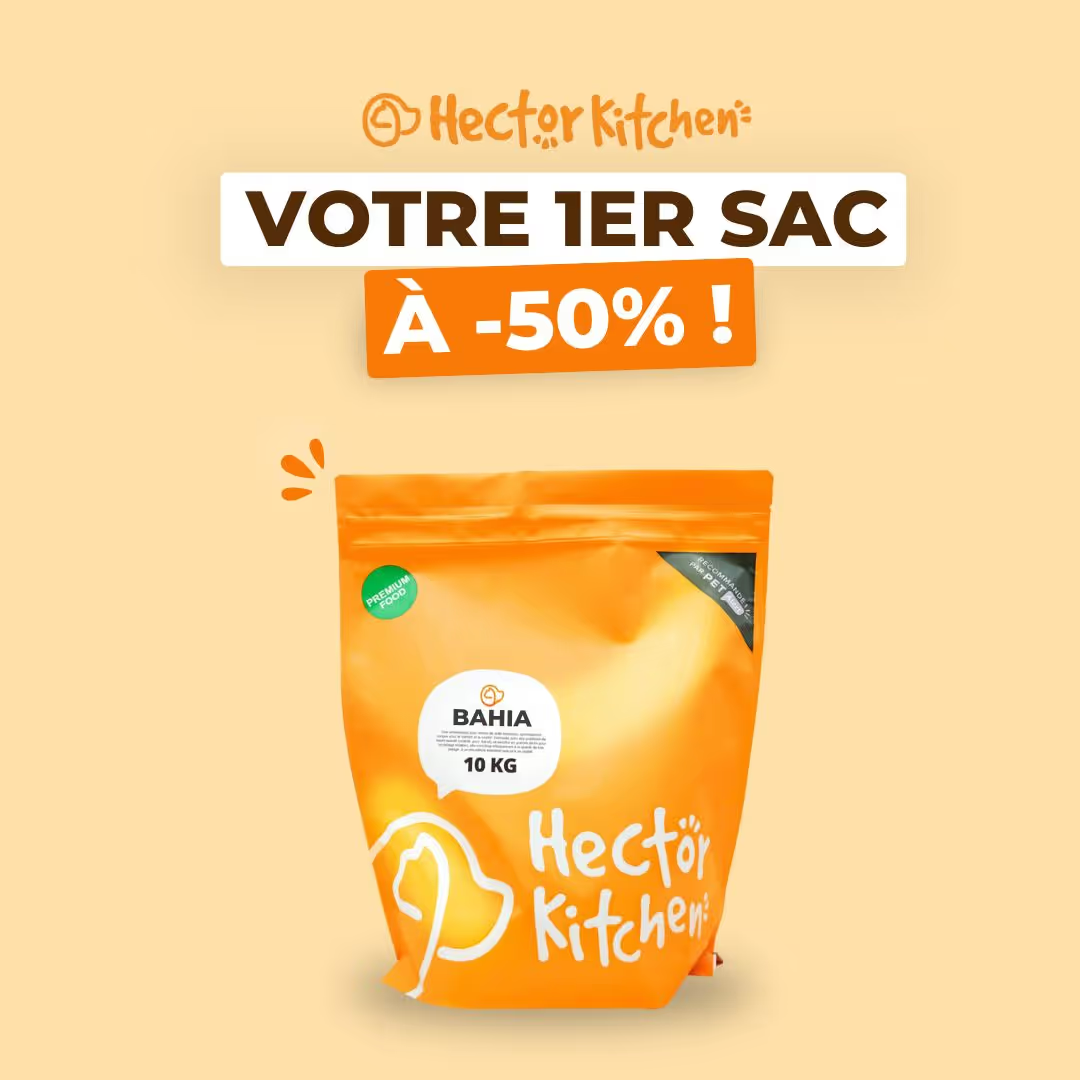
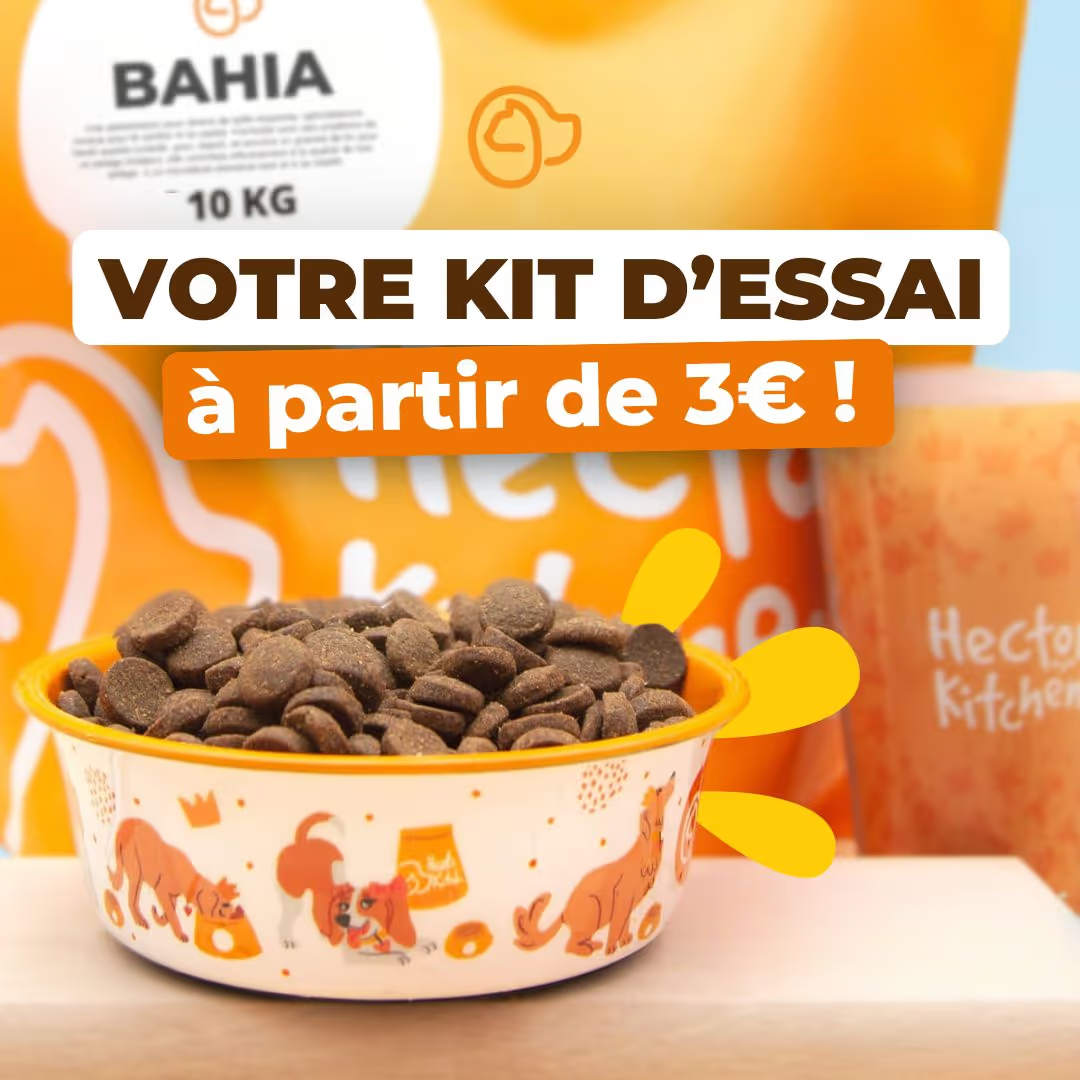


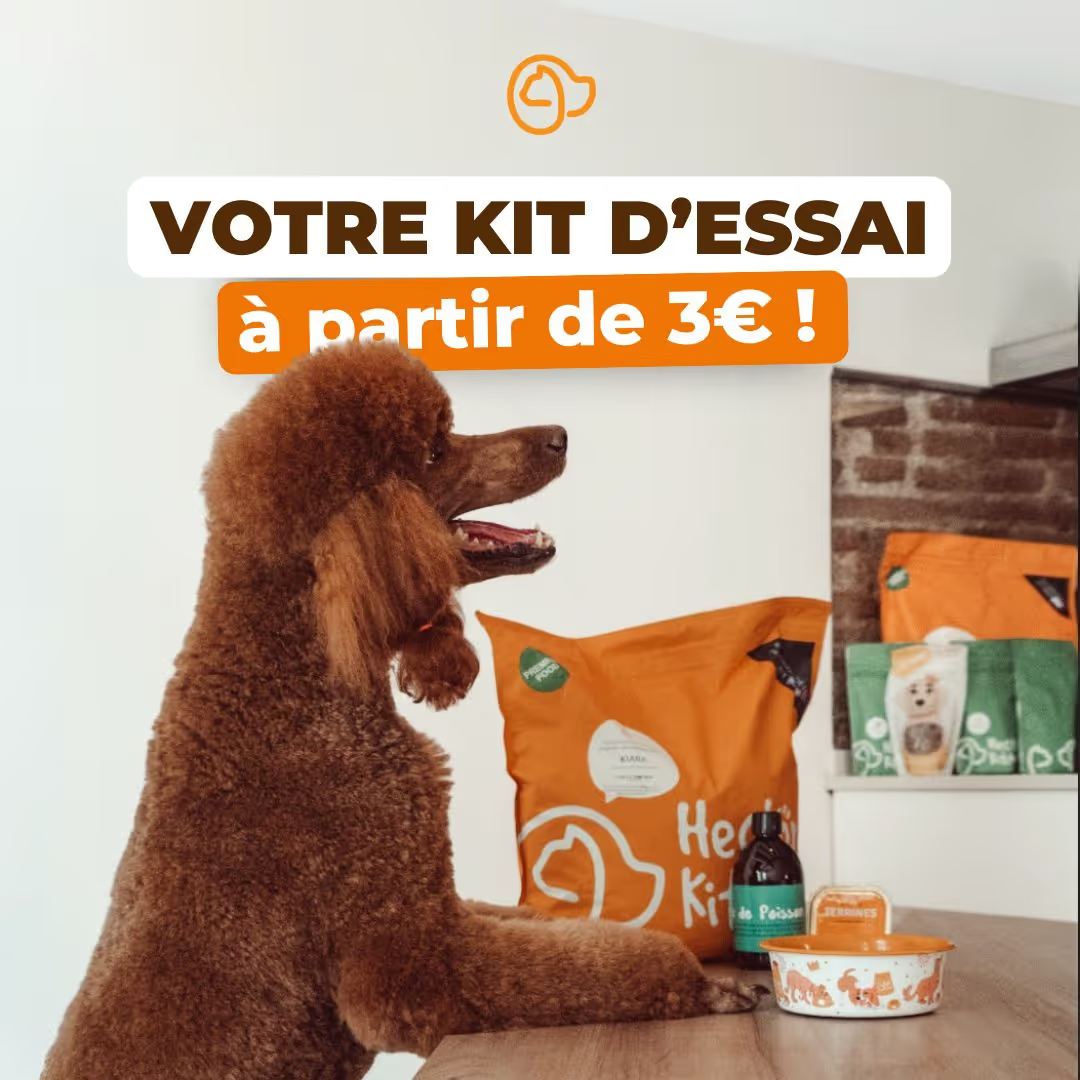
.avif)
.avif)
.avif)
.avif)
.avif)
.avif)
.avif)
.avif)
.avif)
.avif)
.avif)

.avif)
.avif)
.avif)
.avif)
.avif)
.avif)
.avif)
.avif)
.avif)
.avif)
.avif)
.avif)

.webp)
.webp)
.webp)
.webp)
.webp)
.webp)
.jpg)
